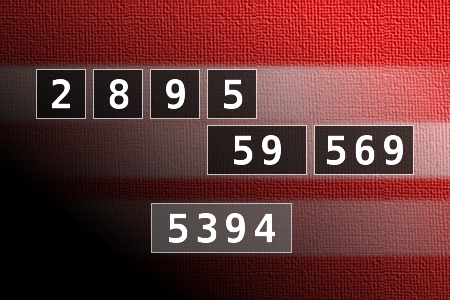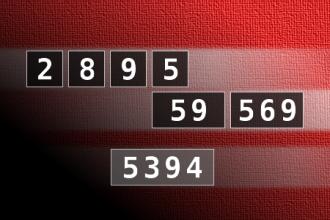Calculate the number 5394
NUMBERMANIA: Calculate the number 5394 using numbers [2, 8, 9, 5, 59, 569] and basic arithmetic operations (+, -, *, /). Each of the numbers can be used only once.Correct answers: 12
The first user who solved this task is undefined.
#brainteasers #math #numbermania

Doctor Doctor Collection 04
Doctor Doctor I feel like a racehorse.
Take one of these every 4 laps!
Doctor, doctor my sister here keeps thinking she's invisible!
What sister?
Doctor, Doctor I'm on a diet and it's making me irritable. Yesterday I bit someones ear off.
Oh dear, that's a lot of calories!
Doctor, Doctor Can I have second opinion?
Of course, come back tomorrow!
Doctor, Doctor you have to help me out!
Certainly, which way did you come in?
Doctor, Doctor I keep thinking I'm God
When did this start?
Well first I created the sun, then the earth...
Doctor, Doctor I keep thinking I'm invisible
Who said that?

